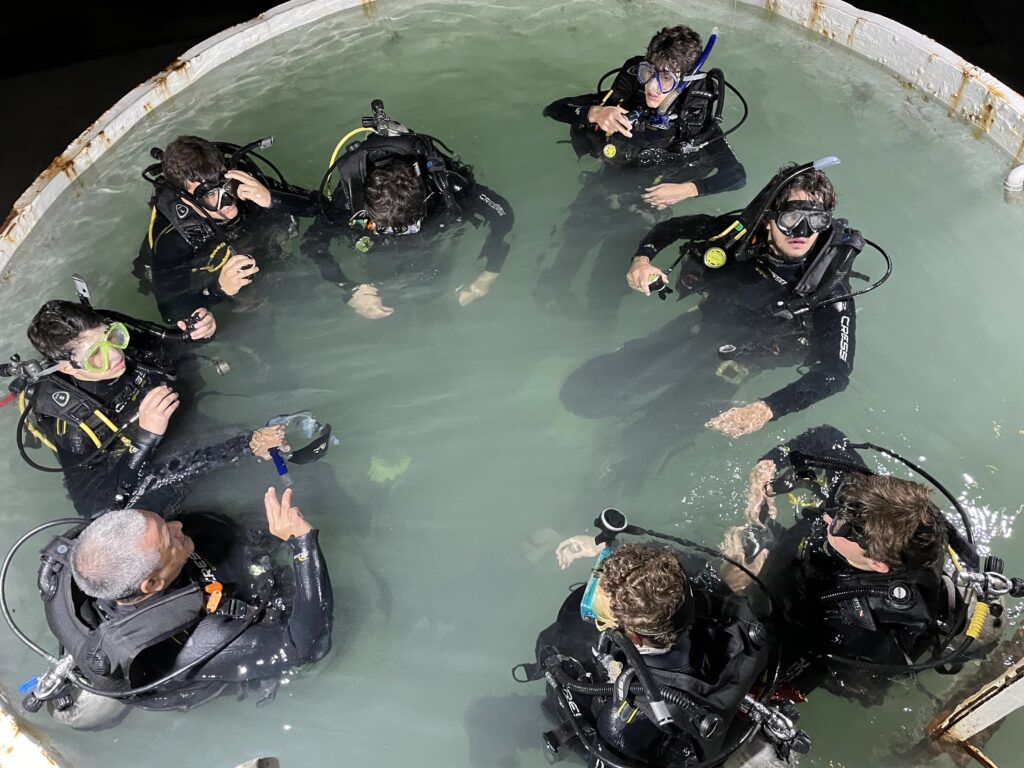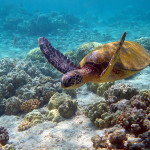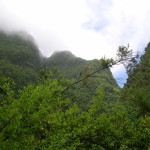
I had a group of young CAS students (Creativity Action and Service, a component of the IB DP programme) come to me asking for direction with their mandatory group CAS project
The narrative went something like this;
Student: The problem is, all the ideas which were suggested for CAS seem boring to us. We want to something different.
Me: Well, what if I told you the CAS project could be one of the most exciting things you have done at school, what if we think outside the box? What are you interested in, that we don´t teach you at school.
Student: That´s easy, we would love to know more about Marine Biology and ocean sciences.
Me: Well, what if we set a target where you would be fully licences scuba divers who went on a diving adventure alongside marine biologists, learning how to interact with marine life and basing your whole CAS project on this experience?
Student: We can really do that? Can I invite my friends?
Soon there was a crowd of 8-9 young men crowding into my classroom, excitedly discussing the possibilities. Two months later, they have formed a student club, the Science exploration club. The presidnent and vice-president have organised four trips already.
Our first outing was to the marine reserve of Itaipu, in Niteroi where a PHD student from the University of Michigan was ready to walk us through the proper procedures for examining sea urchins and fish in coastal waters. Using a strictly catch-and-release policy, our students were able to interact with a variety of organisms while being careful not to harm any of them.
Then came the scuba diving course. This began after school, with six of them getting into a diving tower as the sun set over the Marina de Gloria in Rio. Watching their excitement was infectious, as two diving instructors taught them to use the proper hand signals to communicate underwater. Finally, they took the plunge, sinking to around 4.5m to complete the first round of exercises including removing and replacing their gear underwater.
The next evening saw the group re-convene. If I was having any misgivings about the amount of free time I was giving up this evaporated when I saw the shining faces of the group as they re-capped their learning of the first day. This time there was a lot more smoothness and regularity to their movements, and all of them managed to remain underwater to complete the second round of exercises.
On Saturday morning 7am, the real adventures began. The Ilhas de Cagarass are a national monument off the coast of Rio, 5 small islands set well apart from the mainland. The crew set off for their first qualifying dive, some of them feeling quite queezy in the high seas. This was no swimming pool. There were some surprises with masks, regulators and bouyancy difficulties, but all of the club passed the first dive.
The mood was equally bouyant as the diveboat headed back to the Marina. The dream had become a reality. Now, almost anything seemed possible, global dive sites to explore were discussed, seeming as limitless as the watery horizon.
The science exploration club are aiming to make a documentary to educate younger students of the marine life heritage of the city of Rio de Janeiro. I am proud to have become part of their journey. It´s an incredible CAS project, and I have to commend them for ´staying the course.´





